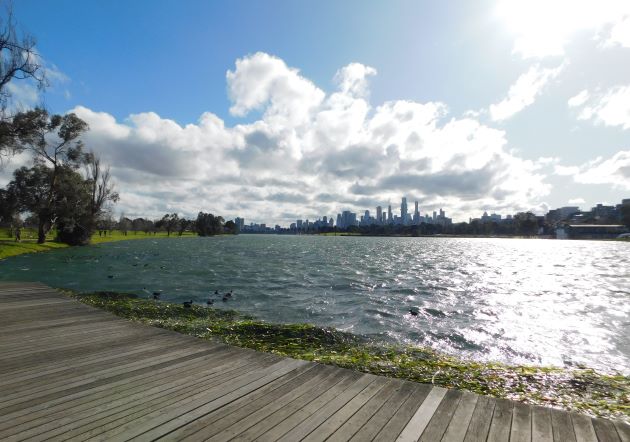
When we spent a few weeks in Melbourne in the summer of 2015, which was February, I would often walk to Albert Park. I would do a lap of the lake and take in all of the different species of birds that called the city home. Visiting Albert Park in winter recently, all wrapped up in layers of clothing – ethically sourced down is good! – we encountered a different variety of birds. It remains a good location for observing birds close to the city and easily accessible by public transport. The header photo is the view from the far end of the lake where you can see the city skyline in the distance.
As you can see in the photo the lake was pretty rough and all of the birds that were on the water were really bobbing up and down. The distance around the lake is approximately five kilometres and there are limited places to shelter if a storm approaches fast. You are mostly exposed to the elements and although fingerless gloves are handy for using binoculars it does mean cold fingers!
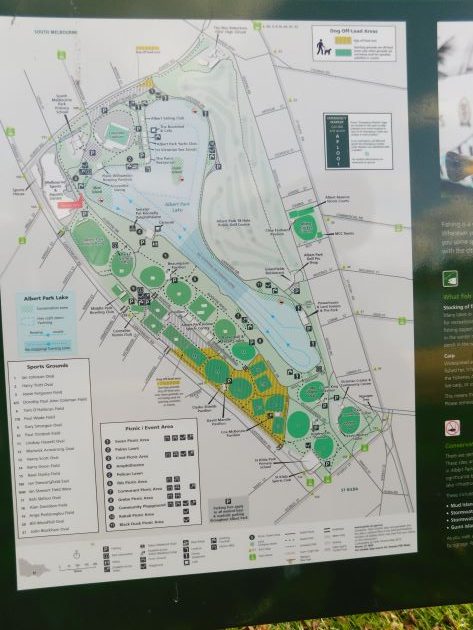
Map of the lake
Some of the waterbirds and ducks appeared to be used to the cold weather and water, but maybe they would rather bob about on the water than be blown about on the land.
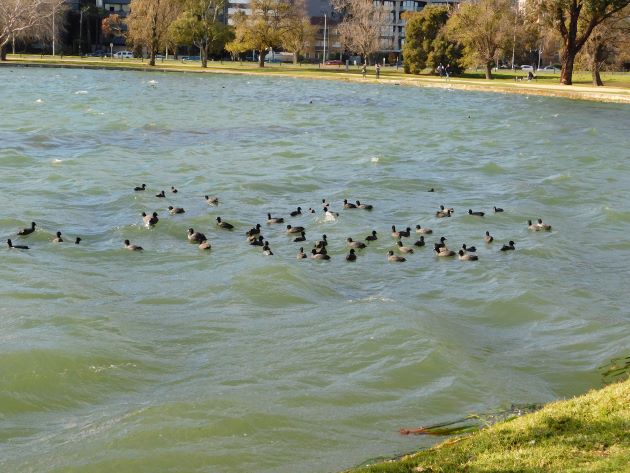
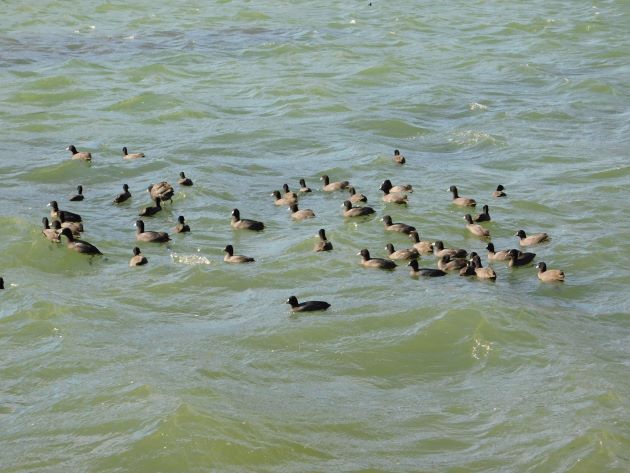
Coots bobbing on the lake
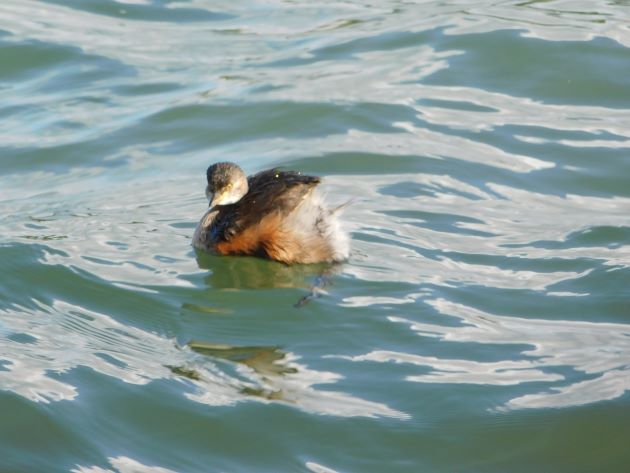
Australasian Grebe bobbing on the lake
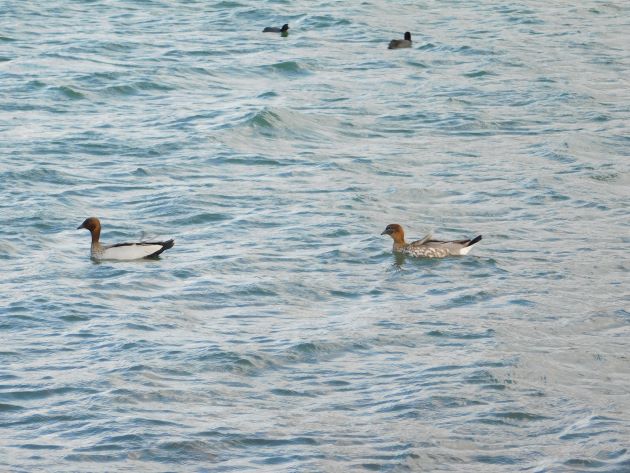
Australian Wood Ducks and Coots on the lake
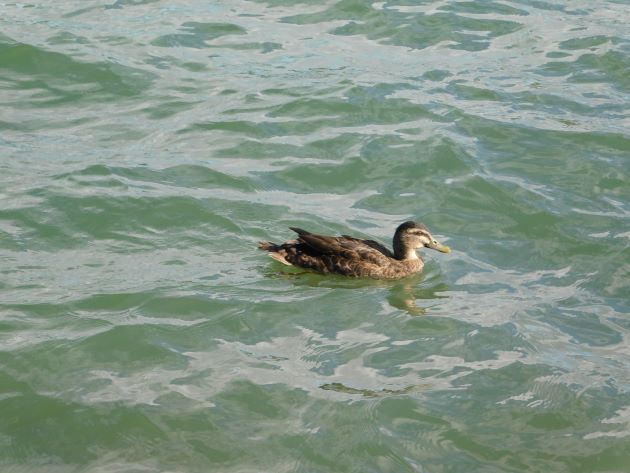
Pacific Black Duck on the lake
There were really good numbers of Black Swans once again. Many of the Black Swans are individually marked with collars around their necks and also metal bands on their legs. They use a different combination of black and white collars depending on the sex of the Black Swans and there were several pairs swimming together.
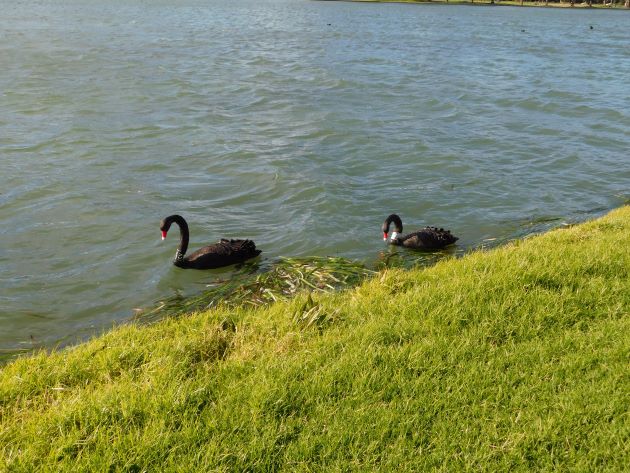
Pair of Black Swans individually marked
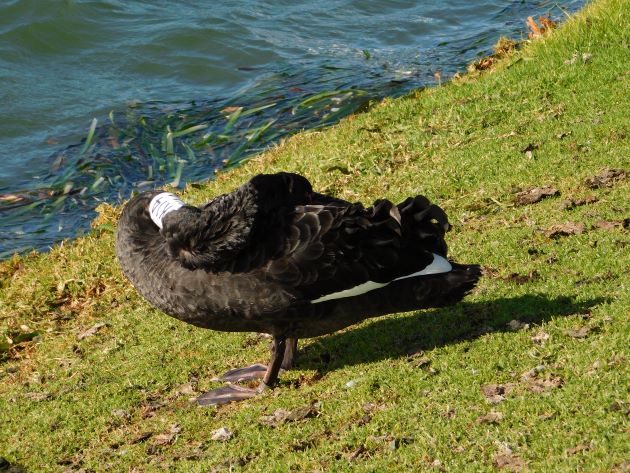
Black Swan trying to ignore the weather
You are still able to report any of your Black Swan sightings to the platform that I mentioned in 2015 and see the history of the Black Swan. There are now some new collars that are not as wide and carry a data logger that reports GPS and activity. The problem with the new collars is that the top of the band can’t be read. The good news is that they can work out the combination, because if the collar is white it is a female and begins with a “T”. If the collar is black the bird is male and the band begins with a “V”.
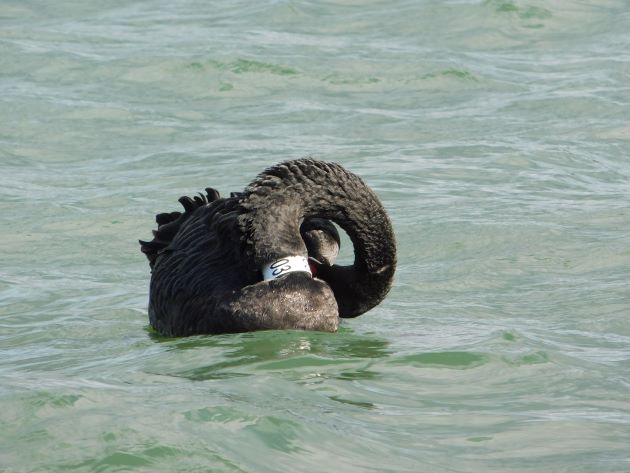
Black Swan with partially hidden collar identity
As we walked around the lake there were large numbers of Dusky Moorhens wandering about on the grass. Some of the sheltered areas were being used by the Chestnut Teal as a roost.
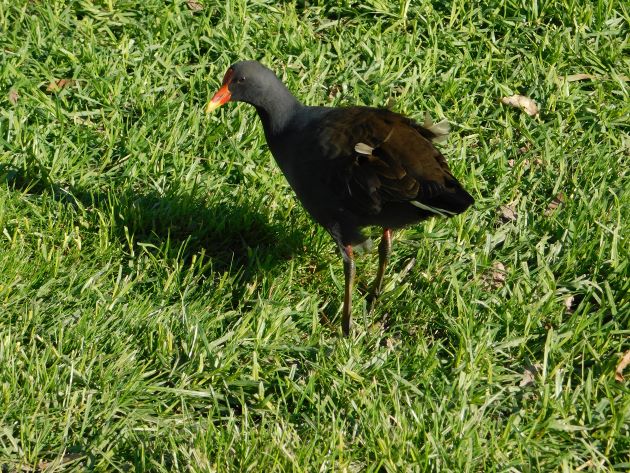
Dusky Moorhen
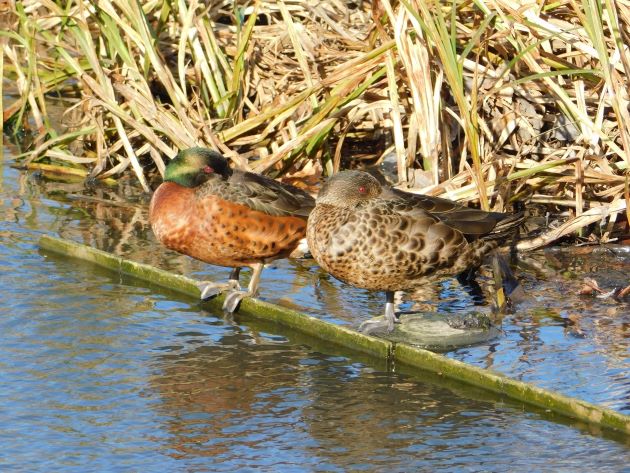
Chestnut Teal
Personally I thought the Little Pied Cormorants looked like they had had enough of winter! The word “grumpy” comes to mind!
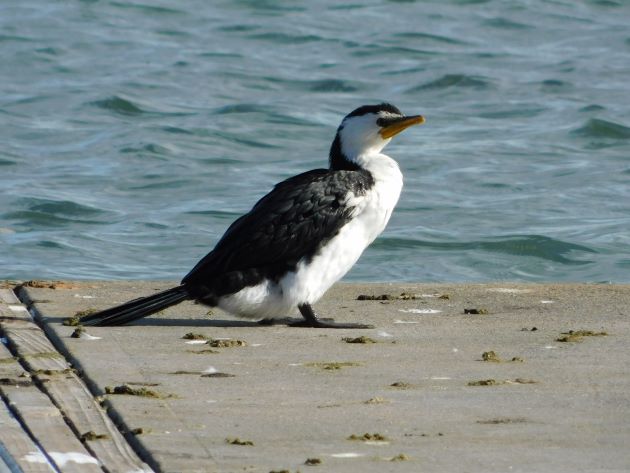
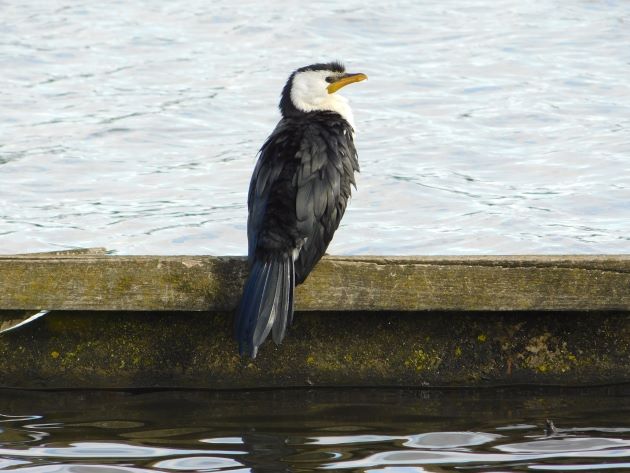
Little Pied Cormorant
The Australasian Darters were either very relaxed after a good meal or were trying to get dry after fishing in the cold water. Of course there were Silver Gulls hanging about on the off-chance there were scraps.
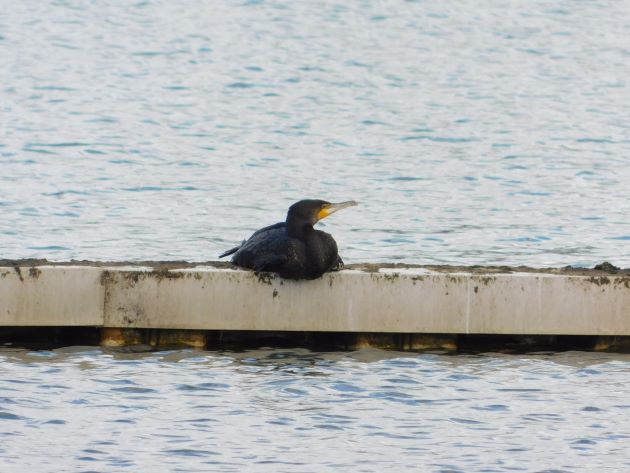
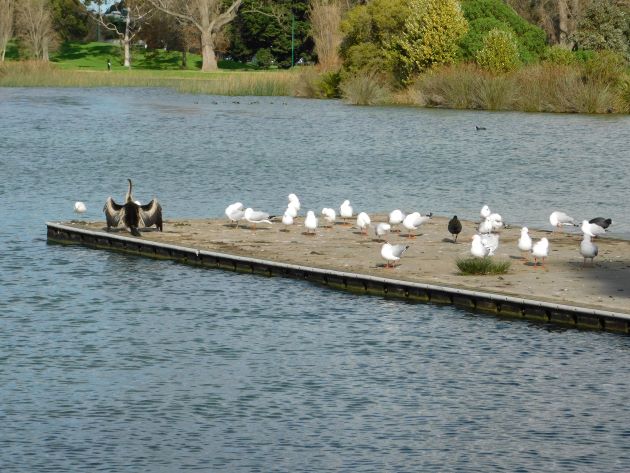
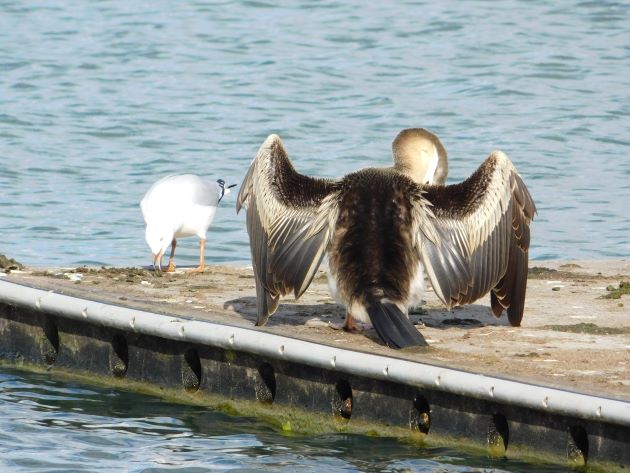
Australasian Darter and Silver Gulls
When we had completed our walk we stopped to have our hot drink and noticed an Australian Magpie that was also individually marked. We were able to report the Australian Magpie to the ABBBS and got information back about the individual. It had received the metal band and numerical band on 9th May 2017 in the same location. You can find out more about the research here.
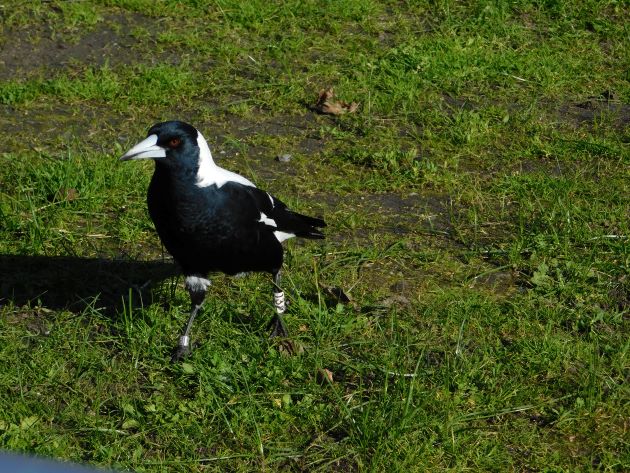
Australian Magpie “132”
We’d recommend a lap of Albert Park to see a wide variety of bird species year round. However, the Formula One Australian Grand Prix is held each year at this location and access over those days is limited to car racing rather than birdwatching. In 2024 it will be 21st-24th March, so plan to go birding outside of those dates!











Missed this on my brief stay in Melbourne last year, but I probably passed it on my way to St. Kilda by trolley (to visit the Jewish Museum on a rainy day). None of the Black Swans I saw in Melbourne or other areas had collars that I noticed, but I’m going to recheck my photos.
There’s always “next time”!